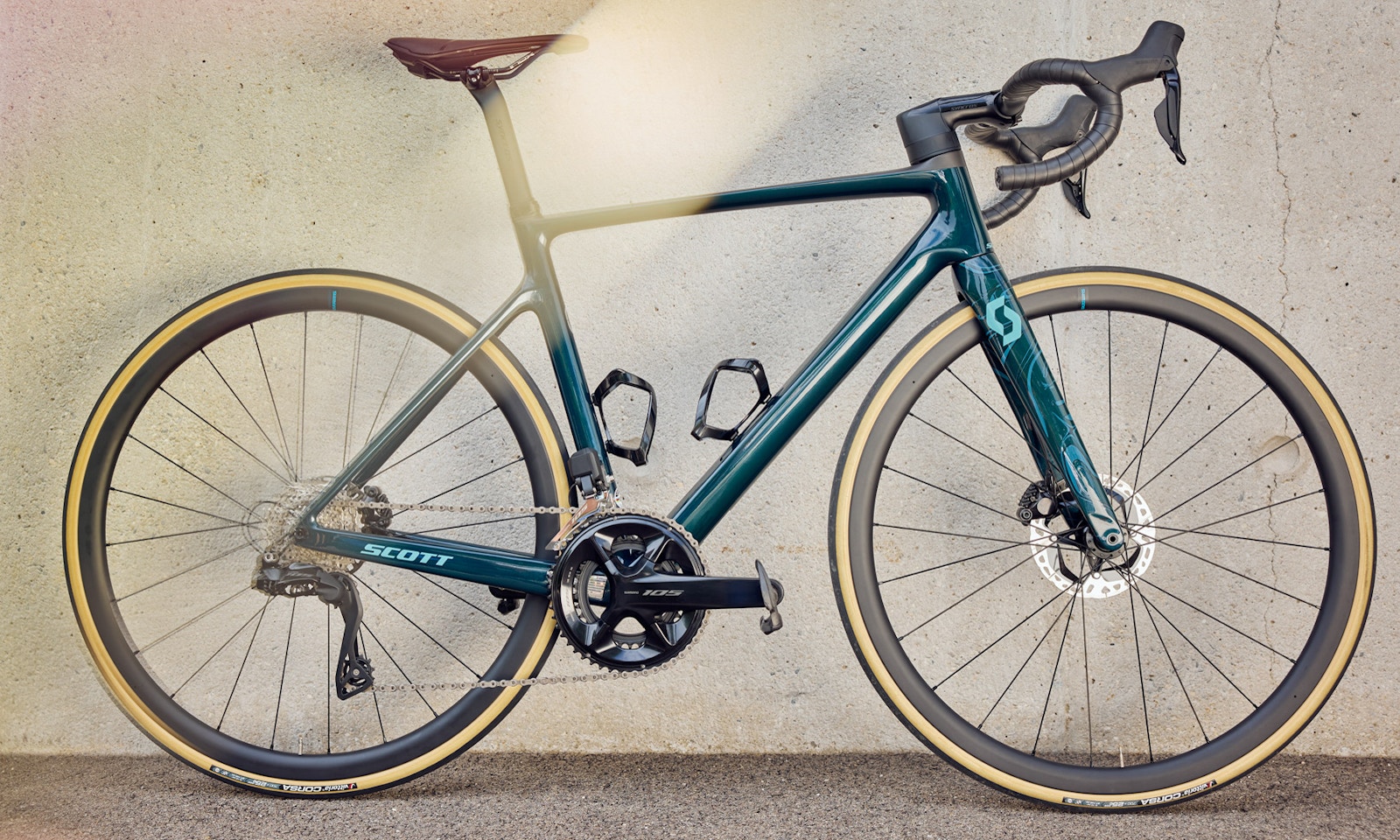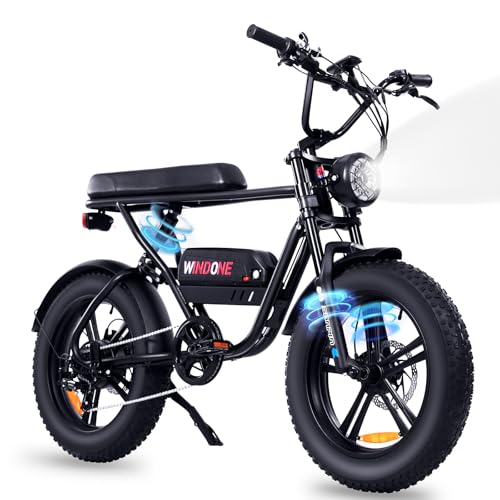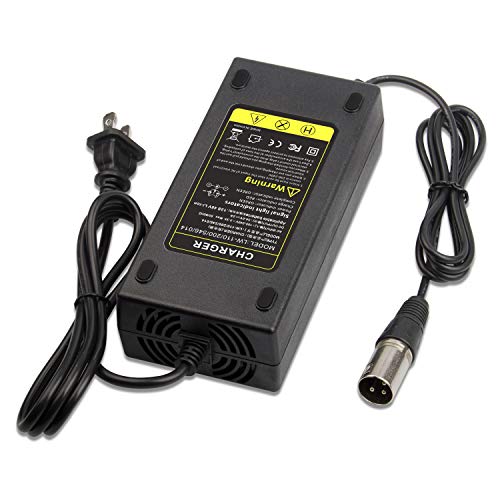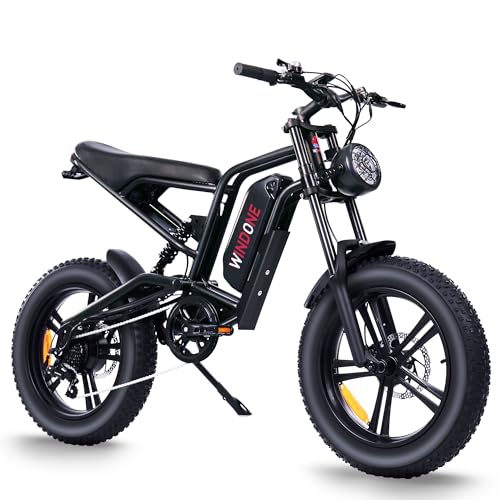Yes, bikes have weight limits that can vary based on the type and brand of the bike. When considering a bike, it’s important to be aware of the weight limit to ensure safety and optimal performance.
Each bike model has a specific weight capacity, typically listed in the user manual or on the manufacturer’s website. Exceeding the recommended weight limit can lead to damage to the bike frame, wheels, and other components, as well as compromise safety.
Factors such as the type of riding and terrain should also be taken into account when determining the appropriate weight limit for a bike. Understanding the weight limit for a bike is crucial for selecting the right bike for safe and enjoyable riding experiences.

Credit: www.bikeexchange.com
Understanding Bike Weight Limits
Bike weight limits are crucial to ensuring safe and efficient cycling experiences.
Importance Of Weight Limits
Bike weight limits determine the maximum load a bike can handle, enhancing durability.
Types Of Bike Weight Limits
- Rider Weight Limit: Maximum weight of the rider the bike can support.
- Cargo Weight Limit: Total weight of additional gear or cargo the bike can carry.
- Total Weight Limit: Combined weight of the rider, gear, and bike itself.

Credit: www.swagman.net
Factors Affecting Bike Weight Limits
Bike weight limits are influenced by several key factors, including frame material, components, wheels, and tires.
Frame Material
The frame material plays a crucial role in determining a bike’s weight capacity.
Components
The quality and durability of components such as the fork, handlebars, and seat post affect the overall weight limit.
Wheels And Tires
The type of wheels and tires used on a bike impact its weight limit.
Determining Your Bike’s Weight Limit
When it comes to cycling, one important factor to consider is the weight limit of your bike. Understanding the weight capacity of your bike is crucial for both your safety and the longevity of your bicycle. In this article, we will discuss how to determine your bike’s weight limit and explore some important considerations for different types of bikes.
Manufacturer’s Specifications
One of the most reliable ways to determine your bike’s weight limit is by referring to the manufacturer’s specifications. Manufacturers carefully calculate the weight capacity of each bike model, taking into account design factors and materials used. These specifications are usually available in the bike’s user manual or on the manufacturer’s website.
When referring to the manufacturer’s specifications, you will typically find two weight limits mentioned: the rider weight limit and the total weight limit. The rider weight limit refers to the maximum weight the bike can safely support with the rider’s weight alone. On the other hand, the total weight limit includes the weight of both the rider and any additional load, such as backpacks or panniers.
It is crucial to adhere to the manufacturer’s weight limits to ensure the structural integrity of your bike. Exceeding these limits can compromise the bike’s components, resulting in reduced performance and possible damage to the frame or other parts.
Considerations For Custom Bikes
If you’re the proud owner of a custom-built bike, determining the weight limit may require a bit more research and consideration. Custom bikes are tailored to your specific needs and preferences, so it’s important to take into account the components and materials used during the build process.
When determining the weight limit of a custom bike, you should still consider the rider weight limit and the total weight limit. However, since there may not be specific manufacturer’s specifications available, it’s advisable to consult the bike builder or a qualified bike technician. They can provide guidance based on the materials, frame design, and other factors specific to your custom bike.
It’s worth noting that custom bikes can be built to accommodate heavier riders or specific requirements, but it’s essential to ensure that all components are suitable for the intended weight. This will help maintain the bike’s performance and durability over time.
Consequences Of Exceeding Bike Weight Limits
Bikes are designed with specific weight limits to ensure safety and optimal performance. Exceeding these weight limits can have serious consequences. Understanding the possible risks and issues of surpassing bike weight limits is crucial for every rider.
Safety Risks
Exceeding the weight limits of a bike can pose significant safety risks, especially when it comes to structural integrity. The frame, wheels, and other components may experience excessive stress, leading to potential fractures or failures during riding.
Performance Issues
Performance is greatly affected when a bike surpasses its weight limit. It can lead to sluggish handling, reduced maneuverability, and increased vulnerability to mechanical failures. Additionally, braking efficiency and overall control may be compromised, increasing the likelihood of accidents.
Tips For Riding Within Your Bike’s Weight Limit
- Always check the manufacturer’s guidelines for your bike’s weight limit.
- Exceeding the weight limit can lead to structural damage and compromise safety.
- Choose a bike that is designed to support your weight and riding style.
- Regularly inspect your bike for signs of wear and tear, especially after heavy use.
- Ensure that all components are properly tightened and lubricated.
- Replace any damaged parts immediately to prevent accidents or failures.
- Adhering to your bike’s weight limit is crucial for safety and performance.

Credit: www.amazon.com
Options For Heavy Riders
To accommodate heavy riders, there are various options available that can enhance the biking experience. Upgrading components and considering specialized bikes can make a significant difference.
Upgrading Components
By enhancing specific components of the bike, heavy riders can improve the durability and performance of their bikes.
- Consider upgrading the frame to one made of stronger materials such as steel or titanium.
- Opt for sturdier wheels with a higher spoke count to distribute weight more effectively.
- Upgrade the suspension system to bear heavier loads and provide a smoother ride.
- Install stronger brakes for better stopping power and control.
Specialized Bikes For Heavy Riders
Specialized bikes designed specifically for heavy riders can offer enhanced support and comfort.
- Look for bikes with a higher weight capacity to ensure safety and durability.
- Consider bikes with wider tires for increased stability and better weight distribution.
- Opt for bikes with reinforced frames to handle heavier loads without compromising performance.
- Check for bikes with adjustable suspension to customize the ride based on weight and terrain.
Conclusion
It is crucial to consider the weight limit of a bike to ensure safety and optimal performance. By surpassing the recommended weight limit, cyclists may risk damaging the bike’s components or compromising their own safety. Understanding the weight limit and distributing the load evenly can help riders avoid potential accidents and extend the life of their bikes.
Remember, it’s not just about the weight of the individual, but also the weight of any additional cargo or accessories carried.





Leave a Reply